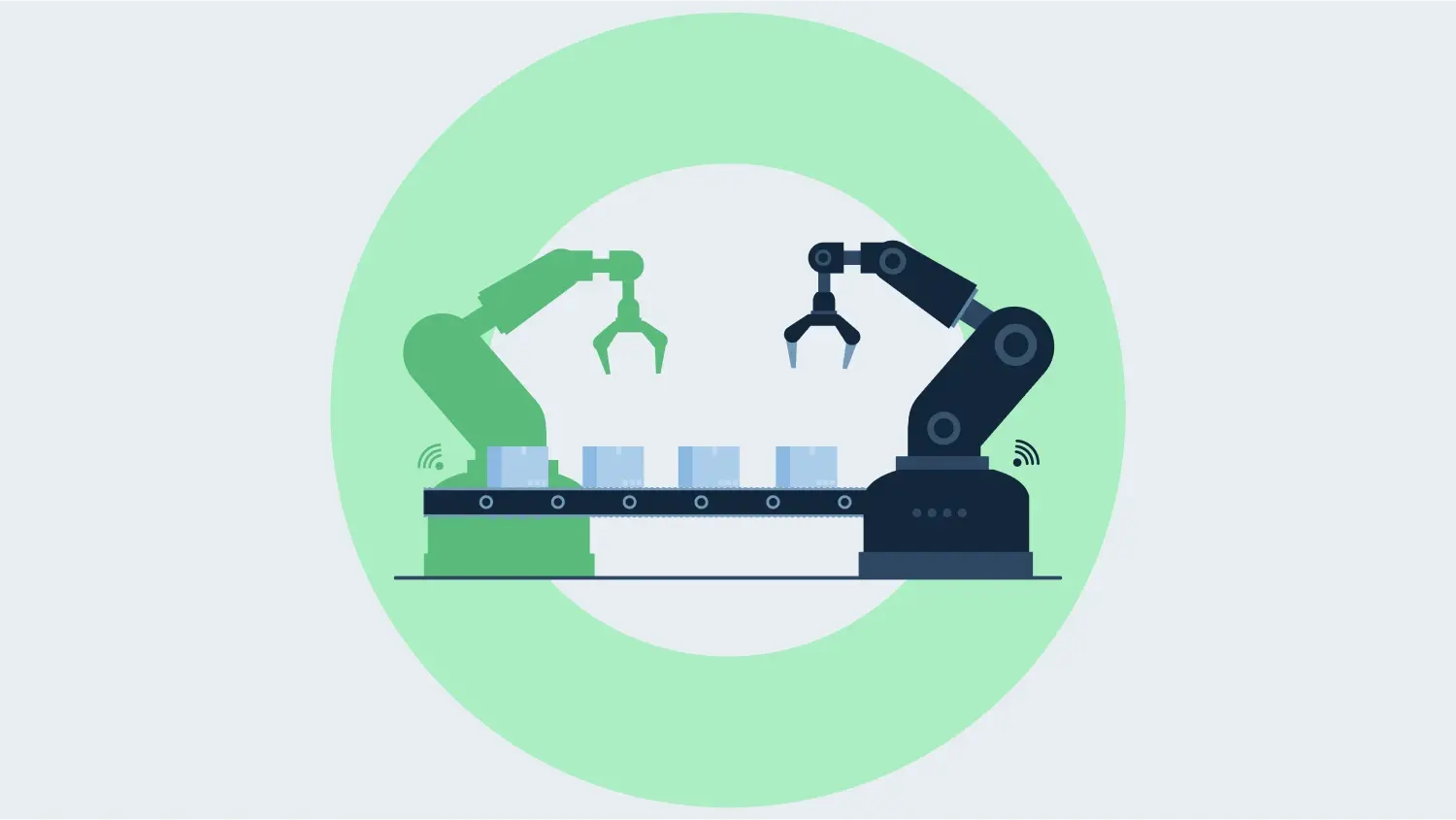As markets evolve and demand patterns change, the supply chain management domain has experienced a significant transformation towards a data-driven approach.
A study by Invesp highlights that 79% of companies with high-performing supply chains report revenue growth above their industry average.
This underscores the necessity for businesses to develop flexible logistics networks, capable of effortlessly scaling operations to meet changing demands while preserving operational efficiency. The essence of Logistics Network Optimzation lies in its ability to streamline processes, cut costs, and boost overall performance.
This article provides a thorough examination of different strategies businesses can utilize for optimizing logistics.
An Overview of Logistics Network Optimization
Logistic Network Optimization involves identifying the required quantity, locations, and sizes of warehouses to meet a company’s specific requirements efficiently. It focuses on finding an optimal combination of various warehouses, best suited to the client’s demand while balancing the supply and sales of the finalized products.
Logistic Network Optimization is important because it provides:
- Modification in production capabilities, including the movement, establishment, or shutdown of manufacturing sites.
- Adjustments in retail strategies, ranging from small.
- Lower fuel expenses by planning shipments to minimize unnecessary travel distances.
Also Read Sophus X 4.0: Upgrading Supply Chain Network Design Solution.
8 Strategies for Optimizing Your Logistics Network
As the success of every business starts with seamless operations, here are some strategies to streamline your logistics network and boost its efficiency.
Evaluating the Existing Network
It involves finding and addressing any inefficiencies within your supply chain network. Analyzing your logistics network at any stage is a powerful method to enhance both the efficiency and effectiveness of your supply chain network design and optimisation.
A thorough network analysis helps provide insights into key expenditure areas such as transportation, warehousing, and inventory. It also offers a clear view of how these factors affect customer service and the end user’s experience.
Integrating Advanced Technologies
There has always been a need for the latest technologies in supply chain management. The adoption of technologies is crucial for effective network optimization, such as Artificial Intelligence (AI), cloud computing, and the Internet of Things (IoT).
Keeping the data accurate, bringing together different kinds of data, and getting information from it is important. This employment of innovative technologies not only drives cost savings but also enhances the management of governance and compliance.
One of these technologies is Sophus Technology.
Sophus is the platform where corporations enhance efficiency and strategic decision-making in their supply chain design operations through the power of data. It emerged to transform the supply chain management processes through inventory management, logistics, and customer fulfillment into a streamlined, data-driven process.
Streamlined Route Planning
Determine the most efficient route by proper route planning. The goal is to minimize driving time and fuel consumption, enabling the completion of the highest number of deliveries.
As transportation expenses form a large portion of supply chain costs, optimizing the distribution network is essential.
This can be done by shortening transportation distances, refinement of shipping paths, and considering the most efficient transportation methods.
Streamlining Inventory Operations
Optimizing inventory operations lies at the heart of enhancing the logistics network. The key is to seamlessly align your inventory with customer needs. This includes reducing storage expenses and avoiding excess stock.
Strategies such as Vendor-Managed Inventory (IMV) help foster partnerships with suppliers, ensuring a more responsive logistic network. By focusing on these approaches, businesses can not only meet their customer demands more efficiently but also significantly cut down on carrying costs.
Enhancing Efficiency Through Partnerships
Successful collaboration has led companies to experience lower inventory levels and decreased expenses. By doing strategic partnerships with suppliers and joining hands with other companies to share transportation resources, companies can effectively optimize logistics networks.
Considerable benefits come with long-term partnerships, notably the cost savings that result from more efficient operations over the long term.
Performance Monitoring
Continuous monitoring of all the essential aspects of logistics to improve the efficiency of the network is also essential. Once the organization successfully identifies the operational objectives, optimally functioning logistics performance management must be applied.
Key Performance Indicators (KPIs) also help address network slowdowns and failures. They can be implemented to identify the underlying reasons for network delays, bandwidth usage, and bugs in network devices.
Employee Training and Development
According to the Bureau of Labor Statistics (BLS), employees working to maintain logistics must be trained to adopt several skills. These skills range from critical thinking and analysis to effective communication, and problem-solving.
To acquire these skills, thorough logistics training must be provided to the employees. Making them adapt to the evolving technologies, integrating comprehensive courses, and practical exercises guarantee a seamless and effective journey.
Satisfying Customer Needs
The way businesses handle customer service can significantly influence their logistics operations. Providing real-time updates allows companies to efficiently track and oversee deliveries, enabling them to inform customers about the whereabouts of their packages, anticipated delivery times, and ways to handle unforeseen setbacks.
Case study: Hisense’s Expansion into Africa with Seamless Logistics Network Optimization
Hisense identified Africa as a key market, highlighting the need for a strong supply chain infrastructure. The company faced challenges with third-party logistics, including the need for greater supply chain transparency and reduced logistics costs.
In partnership with Sophus, Hisense undertook a comprehensive review of its African supply chain, focusing on logistics costs from ocean shipping to warehouse operations. The collaboration resulted in significant cost savings and strategic benefits for Hisense, helping it strengthen its position in the African market.
Conclusion
Throughout this article, we’ve seen various strategies vital for optimizing logistics networks. From conducting comprehensive evaluations of your existing network to integrating advanced technologies and fostering strategic partnerships, each aspect is worth considering.
These strategies help boost operations, reduce costs, and enhance overall performance. Similarly, Sophus Technology provides a suite of solutions, including Integrated Business Planning, Inventory Planning and Management, and Supply Chain Network Design.
If you are ready to elevate your supply chain while optimizing business operations, request a demo and explore Sophus Technology’s extensive solutions!









